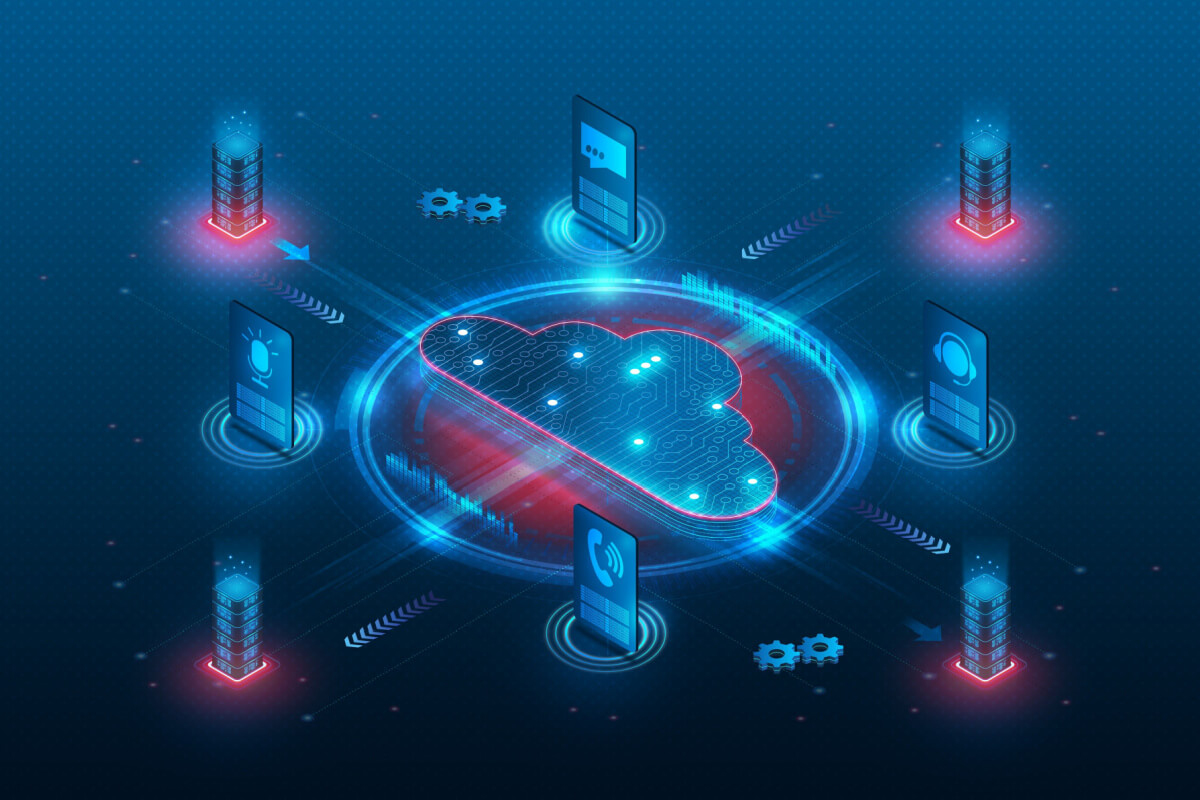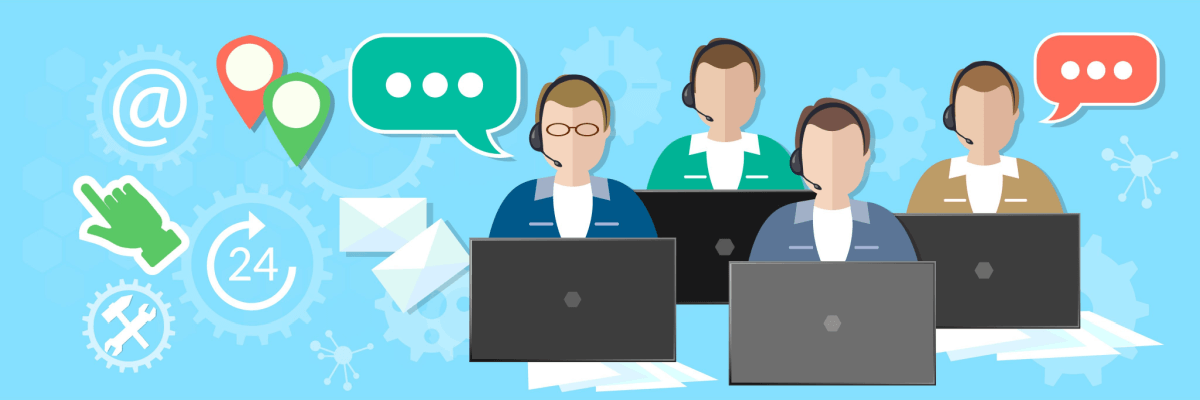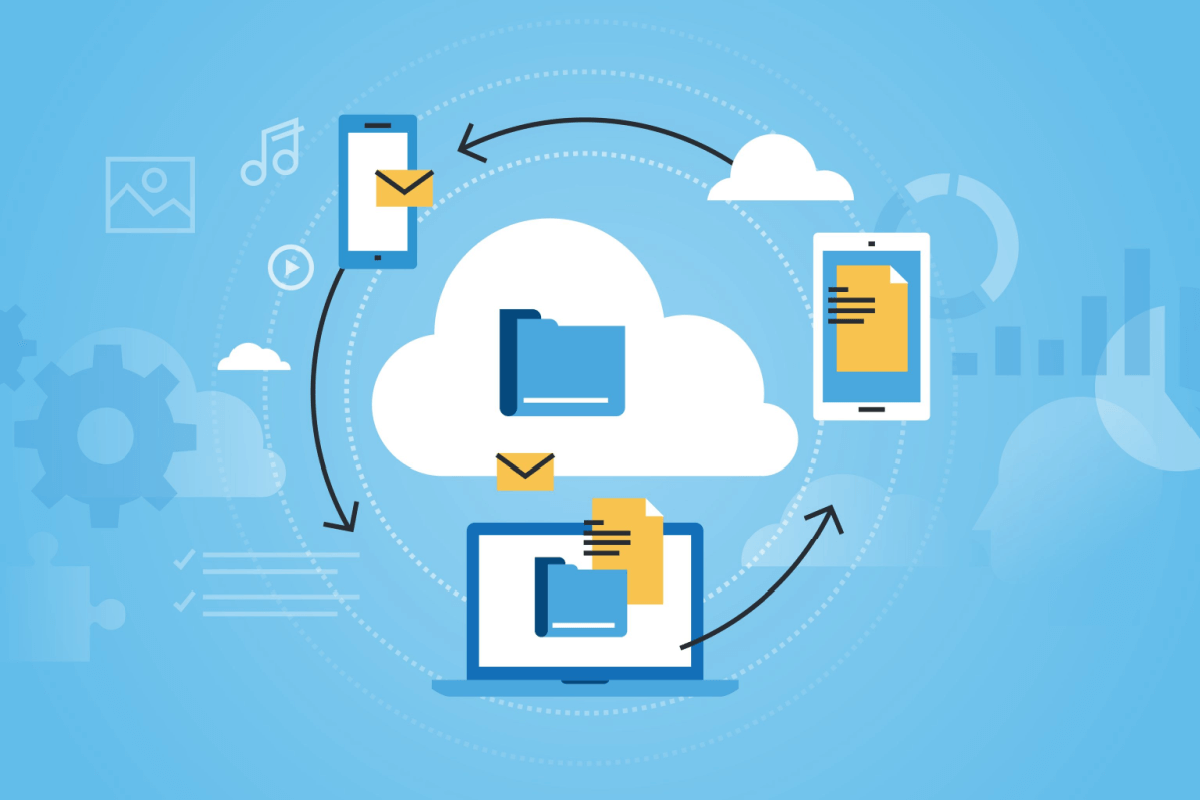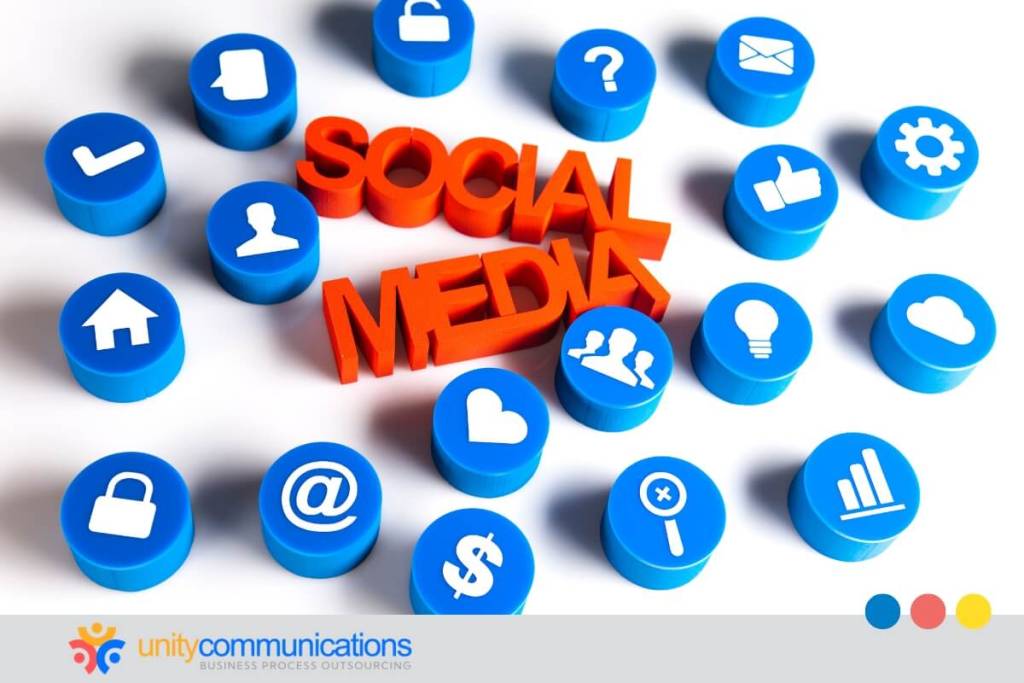Table of Contents
Businesses continue to seek innovative solutions to strengthen their loyal customer base. Providing a personalized experience through an integrated communication medium is key. But many struggle to understand what a contact center as a service (CCaaS) is. They fail to see why it’s an effective tool to ensure customer satisfaction and retention.
This article addresses the following questions:
- What is CCaaS?
- What are the different types of automation?
- How does CCaaS work?
- How do you choose the best contact center software?
Let’s get into the details.
What Is CCaaS?

CCaaS is a cloud-based omnichannel infrastructure. It provides a scalable customer experience over a high-speed internet connection. Compared to on-premise call centers, it is more cost-efficient.
It consolidates the following communication functions into one platform to streamline inbound and outbound customer service.
- Voice calls
- Video communication
- Live chat
- Social media messaging
- Text messaging
- Self-service
Third-party providers offer CCaaS on a pay-as-you-go basis. Businesses pay only for the communication tools they need. CCaaS delivers 24/7 customer service quickly without spending extra dollars. Companies benefit from the standard CCaaS features, such as:
- Call routing services
- Automated inquiry distribution
- Transaction recording and management
- Customer feedback monitoring and analysis
- Automatic replies and voice responses
- Marketing, surveys, and promotions
- Quality assurance
The 2023 Zendesk report found that 68% of customers expect personalized service. CCaaS plays a crucial role in enabling this level of personalization, thereby assisting in attracting and retaining customers who value tailored experiences. This focus on personalization is key to maintaining brand loyalty in today’s competitive market.
This solution lets companies customize their approach to customer service. It speeds up consumer response. Plus, documenting and examining customer data and interactions is easy. Data on buyer demands helps underpin goods and service improvements.
CCaaS also brings the following benefits to businesses of all sizes:.
- Accommodate buyers’ preferred communication channels
- Simplify and automate responses to customer inquiries
- Reduce wait times and response delays
- Save labor and infrastructure costs
- Increase flexibility and productivity
- Focus on core capabilities
- Monitor current market trends and changing customer needs.
Types of Contact Center Automation

According to Grand View Research, the global CCaaS market value was $4.43 billion in 2022 and is expected to grow at a 19.1% CAGR from 2023 to 2030. The primary driver of this growth is the increasing demand for automated customer care services.
Companies adopt automation to address routine customer queries quickly. They aim to retain existing customers and strengthen brand loyalty. Resolving more complex issues and acquiring new buyers are among their goals.
Here are the types of contact center automation that companies leverage.
1. Self-service
Self-service options help customers research products and address simple issues independently. Because self-service options ease repetitive workloads, agents focus more on complicated problems. Self-support features include automatic call distribution, chatbots, and interactive voice response (IVR).
2. Robotic Process Automation (RPA)
Artificial intelligence (AI) solutions help companies automate responses to repetitive customer inquiries. They also minimize human error risks in data collection and accelerate task accomplishments. RPA capabilities include natural language processing, real-time support, and automatic logs.
3. Customer Relationship Management (CRM)
CRMs give agents access to customers’ personal information and purchase history. This capability allows them to deliver an instant, personalized customer experience across all communication channels.
4. Data Analytics and Reporting
CCaaS streamlines data collection, analysis, and reporting. Companies thus get a comprehensive view of consumer interests and needs, trends and patterns. With data-driven decisions, companies improve their offerings.
5. Third-party Integration
Most contact center software works well with other third-party solutions, operating systems, internet browsers, and devices. Software integrations allow companies to keep all data in one place despite using various tools. Collaboration, work management, and communications are effortless with integrated systems.
6. Workflow Automation
Standardize processes across multiple communication channels. Workflow automation ensures accuracy and reduces errors in managing customer data and inquiries. It also reduces time-consuming tasks for agents, allowing them to improve responses to more complex customer issues.
7. Automated Agent Guidance
With automated guidance, agents smoothly handle potentially conflicting scenarios during customer interactions. They use chatbots, scripting, information gathering, and feedback analysis for enhanced customer service. More importantly, such guidance ensures every employee’s compliance with rules and regulations.
8. Ticketing Systems
This solution helps agents organize responses to consumer concerns. It ensures that no inquiries are left unattended. IT support teams usually use this tool to address technical issues efficiently.
9. Cloud-based Data Backup and Recovery
Remove the need for hardware when storing, accessing, and retrieving vital data. This function makes data accessible anywhere, anytime, and on any device with an internet connection. Companies keep confidential files safe without investing extra dollars in on-premise data centers.
10. Security
Security is a serious concern for all companies. Security features are, therefore, vital to protecting customer data and privacy. This feature includes end-to-end encryption, multi-factor authentication, and security testing to prevent and mitigate online threats. It also provides automated updates and data backups.
11. Automated Scheduling
Inappropriate work scheduling results in overstaffing or understaffing and monetary loss. Because scheduling is tedious and time-consuming, contact center software uses AI-powered algorithms to automate work schedules and task distributions.
How Does CCaaS Work?

Grasping the nuances of deploying a CCaaS solution is vital for businesses to ensure it aligns with their operational requirements. CCaaS offers a more streamlined setup and management process than traditional call center infrastructures. Here are the typical procedures involved in rolling out a CCaaS solution:
- CCaaS providers handle all aspects of technical setup and ongoing server maintenance.
- The setup includes essential infrastructure like workstations, broadband connectivity, computers, and accessories for customer service agents.
- Team members access the contact center software to address customer inquiries and requests.
- Agents use Voice over Internet Protocol (VoIP) technology for phone calls.
- The integrated contact center solution facilitates non-voice interactions, such as chat and email.
- Agents manage designated accounts, allowing them to handle multiple customer interactions efficiently.
- The software integrates seamlessly with CRM systems, ensuring consistent data flow and interoperability.
- Collecting and analyzing consumer feedback aids in developing strategies to enhance service offerings.
Selecting the right contact center software requires careful consideration. Here are key factors to guide your decision:
- Identify the specific demands of your consumers.
- Assess which CCaaS features align with both customer preferences and your operational requirements.
- Opt for a solution that offers value for money.
- Ensure the CCaaS can integrate with critical platforms, like CRM and e-commerce systems.
- The solution should be able to handle high volumes of requests, particularly during peak periods.
- Consider the processing and implementation speed of the software.
- Choose a provider known for well-trained contact center agents and robust support teams.
- The platform should support comprehensive data monitoring and reporting capabilities.
- Check the recovery options and network redundancy of the cloud-based system.
- Evaluate the solution’s reliability and resilience, possibly through a free trial, before making a final decision.
The Bottom Line
Customer loyalty shapes a company’s market growth and reputation. Companies, therefore, seek cost-efficient solutions to provide a personalized experience and raise customer satisfaction. CCaaS is the means to achieve those goals.
Understanding what CCaaS is and the types of automation enable companies to make a good investment plan for superb customer service. They must also be familiar with common processes and factors in implementing CCaaS. That way, they maximize the benefits.
Are you planning to adopt CCaaS? Contact Unity Communications today to know how to deliver an unmatched customer experience with a contact center solution.




